MBI PhD Qualifying Exam
Time: 2pm
Date: Thursday, 14 February 2019
Venue: NUS, E4-04-04.
Supervisor: Prof. Paul Matsudaira
Investigating a Characteristic Morphogenetic Saddle Point during Zebrafish Gastrulation
by ZHONG Jun, Matsudaira’s Group
The morphogenesis or morphogenetic movement is the biological process which sets up the body axes and builds body shape during organism development. During zebrafish embryo development, after rapid cell division for the first few hours, the embryo enters gastrulation, a stage marked by germ layer formation resulting from coordinated morphogenetic movements, including epiboly, ingression, convergence and extension. The key factor driving morphogenesis is via morphogen gradients, established by a group of signaling molecules called morphogens. Morphogens regulate cell adhesion, cytoskeleton activity and mechanosensing at single cell level, and its local coupling with biomechanical forces has been extensively studied over the past decades. However, how different such couplings are coordinated at global level remains unclear, due to a lack of approach to quantify global biomechanical patter. Our previous study has developed a 3D tissue tectonics approach to quantify tissue deformation or strain, paving the way to understand coordinated biochemical-mechanical couplings. Further, we have identified a characteristic morphogenetic pattern during gastrulation, a saddle point located at the initial site of dorsal organizer. This saddle point serves as a hallmark of proper morphogenesis and understanding its formation and dynamics could help gain insights into the global biochemical-mechanical couplings.
**Please note the examination following the seminar is closed-door**



